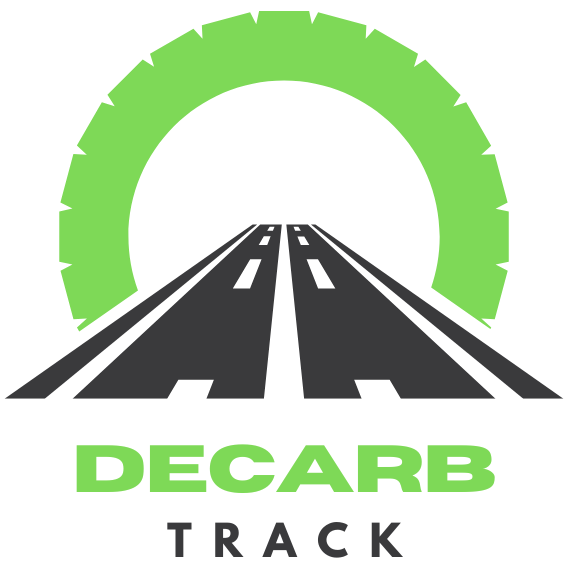About the Decarb Track project
Low‑Emission Future: Tracking the Carbon Footprint in Agri‑Food Enterprises to Support Local Producers


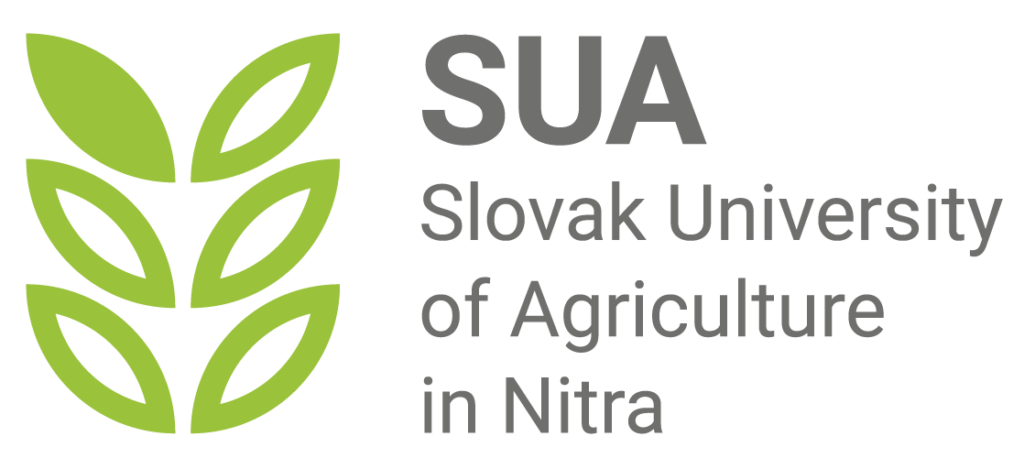
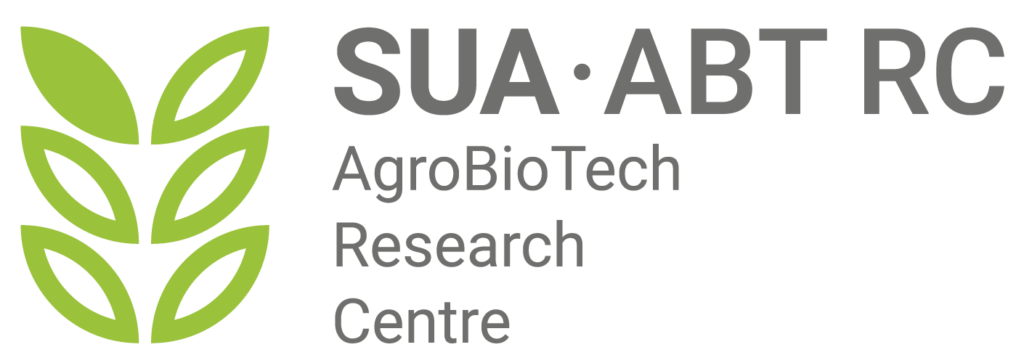
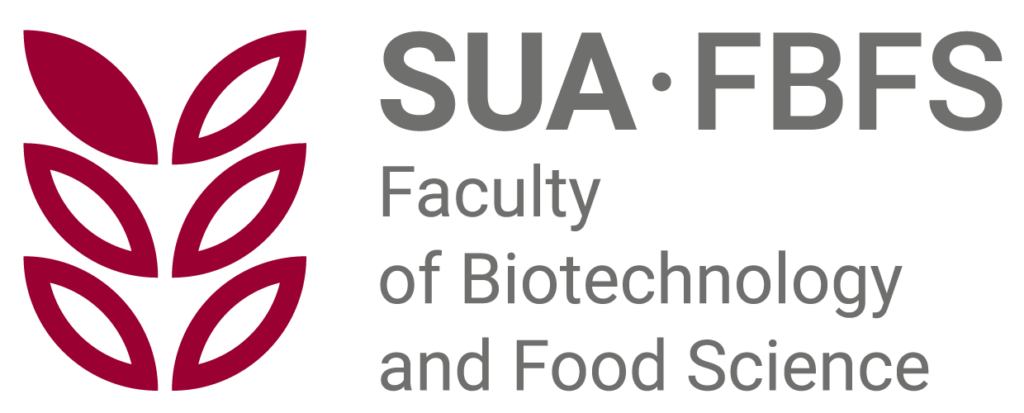
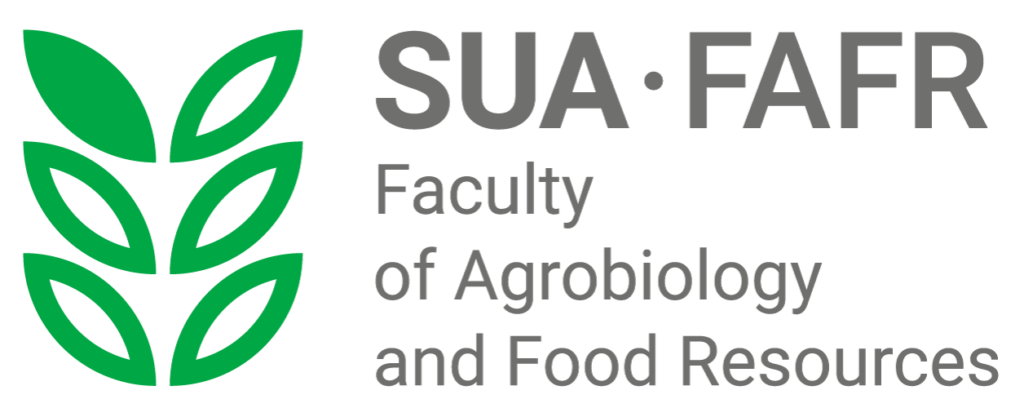
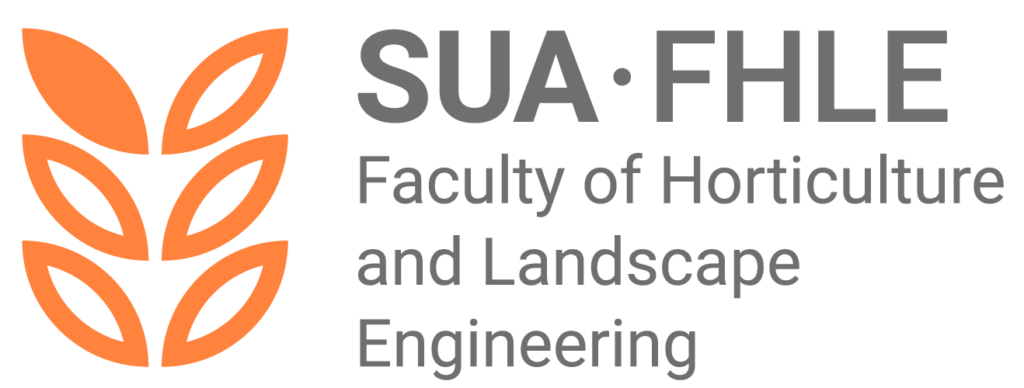
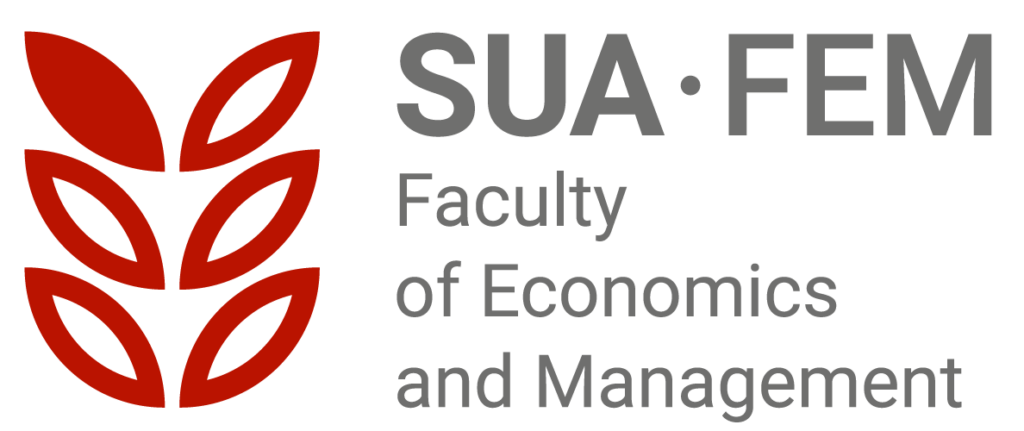
Basic project information
Project title
Low‑Emission Future: Tracking the Carbon Footprint in Agri‑Food Enterprises to Support Local Producers
Project code
09I04-03-V02-00054
Name and registered office of the recipient
Slovak University of Agriculture, Tr. A. Hlinku 2, 949 76 Nitra
Component
9. More effective management and strengthened financing of research, development and innovation under the Recovery and Resilience Plan of the Slovak Republic
Investment
4. Research and innovation for the decarbonization of the economy
Call
Support for research projects focused on decarbonizing the economy at TRL levels 1–3
Project funding
Source of funding
Recovery and resilience plan
Total budget
996 706,20 €
Provider’s contribution
996 706,20 €
Time period
Start of implementation
September 2024
End of implementation
August 2026
Additional information
Principal investigator
The Principal investigator leads the research team, connecting academic knowledge with clear and practical solutions. Under her leadership, carbon footprint calculation methodologies are created that are tailored to the conditions of small and medium-sized enterprises while aligning with international standards.

doc. Ing. Lenka Lackóová, PhD.
Project principal investigator
- lenka.lackoova@uniag.sk
- +421376415415
doc. Ing. Lenka Lackóová, PhD., ensures coordination of team activities and external collaboration with partners.
What does the Decarb Track project deliver?
Efforts to reduce emissions in the agri sector
We help companies determine their carbon footprint in line with the goals of the European Green Deal.
Standards-based methodology
We use the GHG Protocol and the ISO 14064 standard, adapted to the needs of small and medium-sized enterprises in the agri-food sector.
Support for compliance with EU legislation
We monitor evolving directives and help companies prepare for new requirements without unnecessary stress.
Green public procurement
We increase the competitiveness of SMEs by enabling them to participate in environmentally focused public tenders.
Bridging science and practice
We collaborate with companies, municipalities, and the expert community—openly sharing our outputs and methods.
Informed decision-making
We put data in companies’ hands to help them make responsible and sustainable decisions.
Contributing to a sustainable future
Our goal: a decarbonized, resilient, and transparent agri-food sector at both regional and European levels.
Calculate your carbon footprint
Are you interested in your company’s carbon footprint?
Calculation methodology
We use internationally recognized standards to calculate the carbon footprint, ensuring accuracy, consistency, and transparency of results.
GHG Protocol (Greenhouse Gas Protocol)
The most widely used global framework for measuring and managing greenhouse gas emissions. It provides clear definitions and procedures for allocating and quantifying all direct and indirect emissions within a company and serves as the basis for Scopes 1–3.
ISO 14064
It complements the GHG Protocol with a detailed standard for quantifying, monitoring, and verifying CO₂e emissions. It enables independent validation of results and the issuance of a formal certificate accepted by partners and regulators.
Emission categories in the calculation (Scopes 1–3)
According to the GHG Protocol, we distinguish three categories:
Scope 1
Direct emissions from owned or controlled sources, such as fuel combustion in boilers or vehicle fleets, and emissions from agricultural processes.
Scope 2
Indirect emissions associated with the generation of purchased energy (electricity, heat) that is then consumed in your operations.
Scope 3
All other indirect emissions, including the supply chain, outsourced transport services, packaging materials, and waste management.
